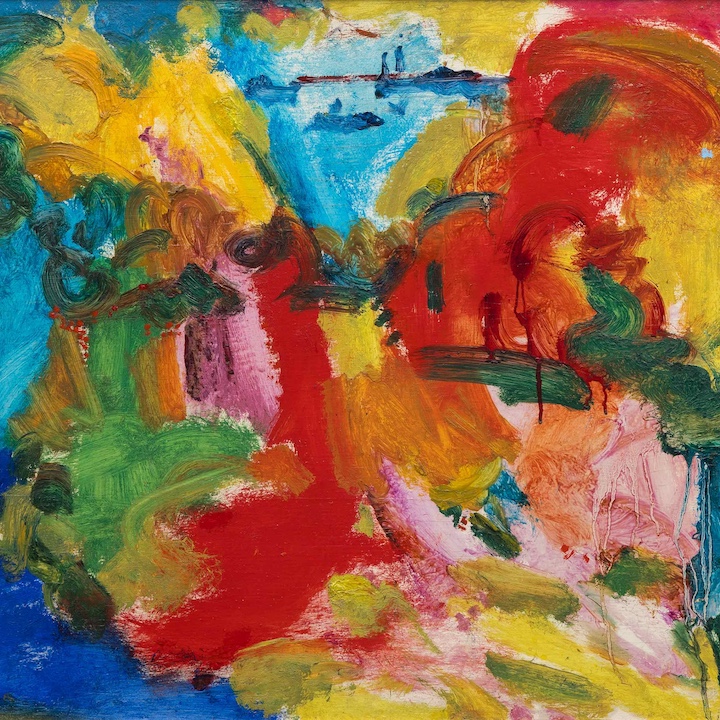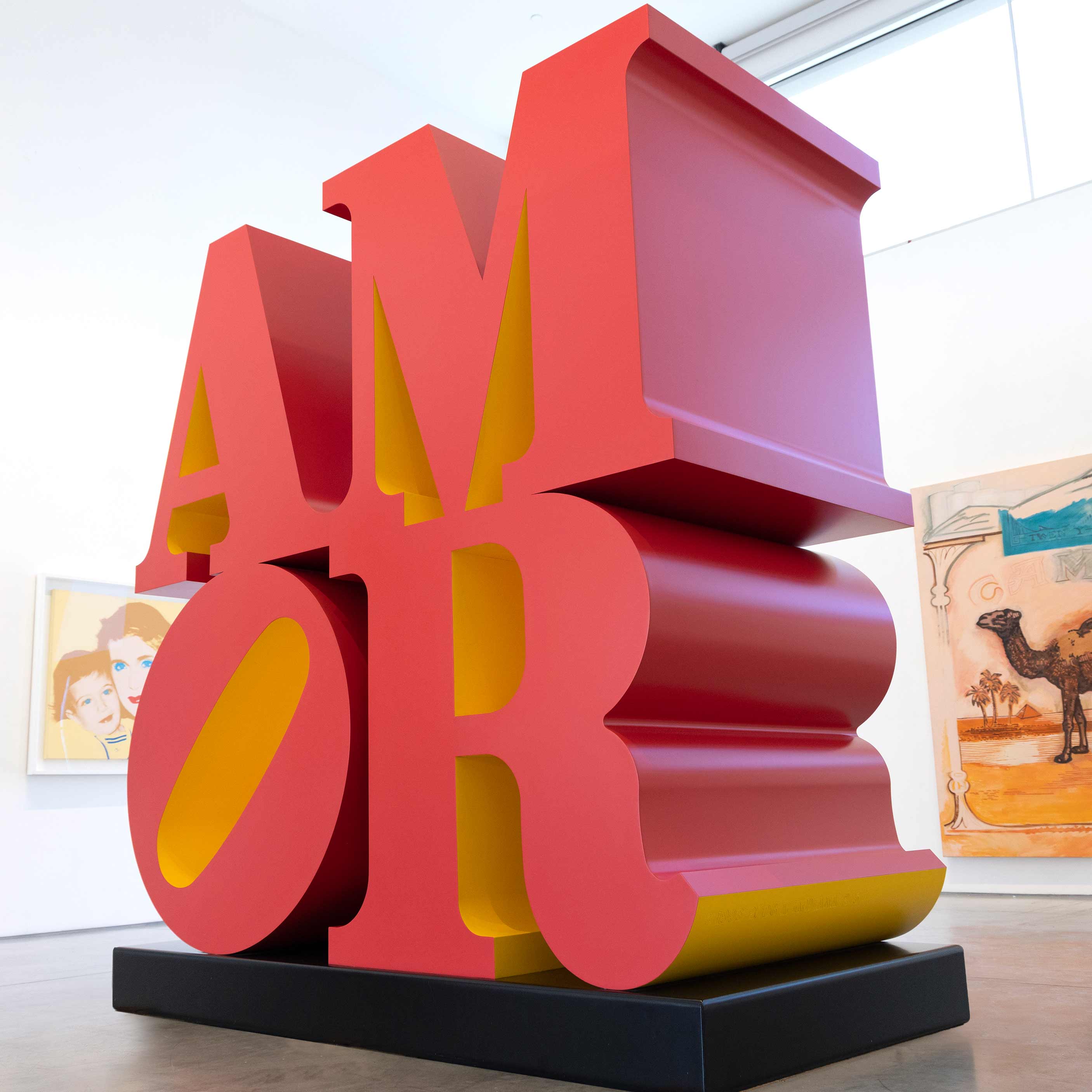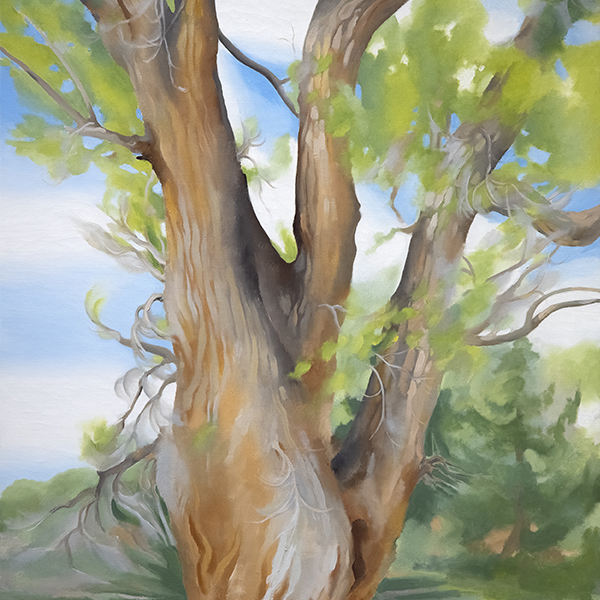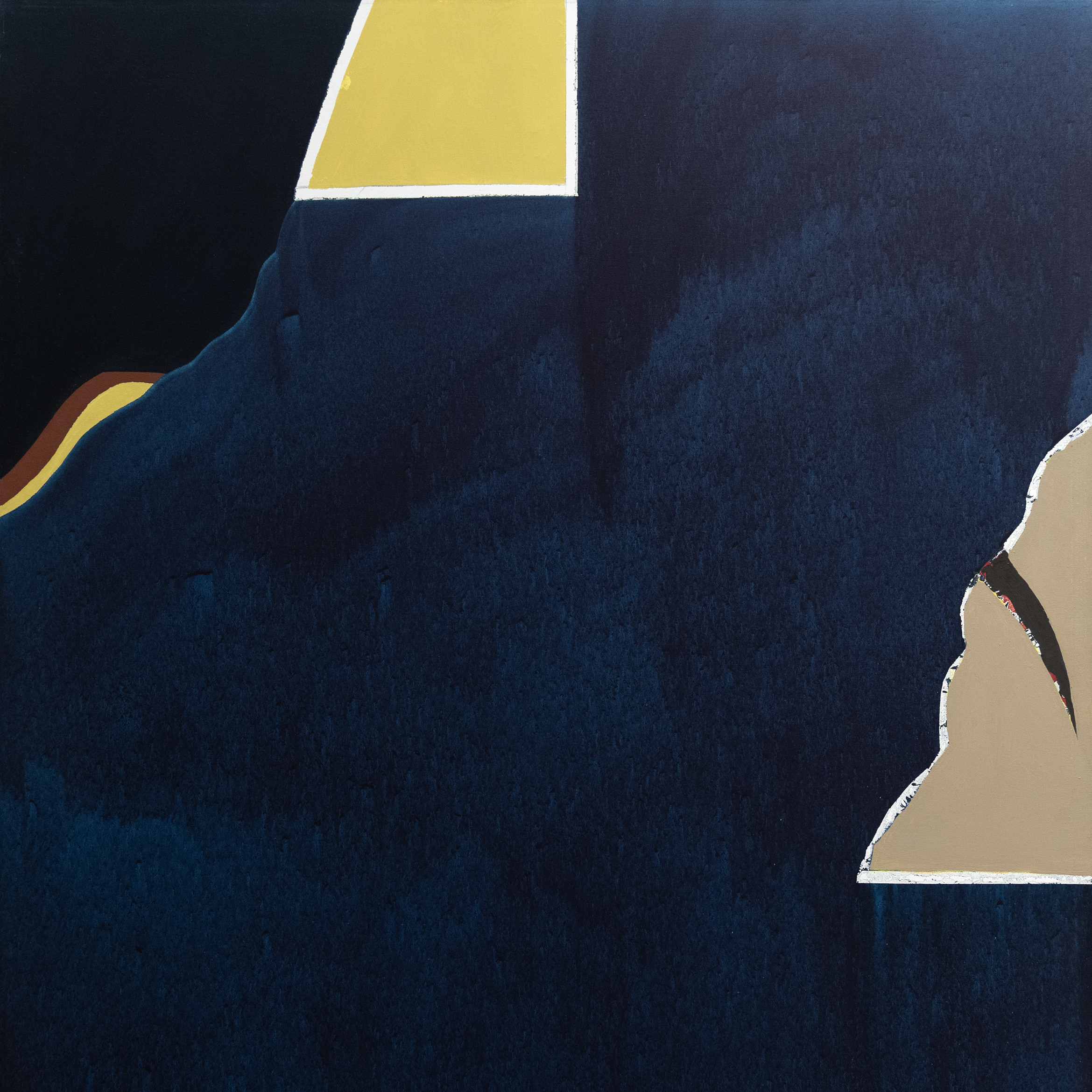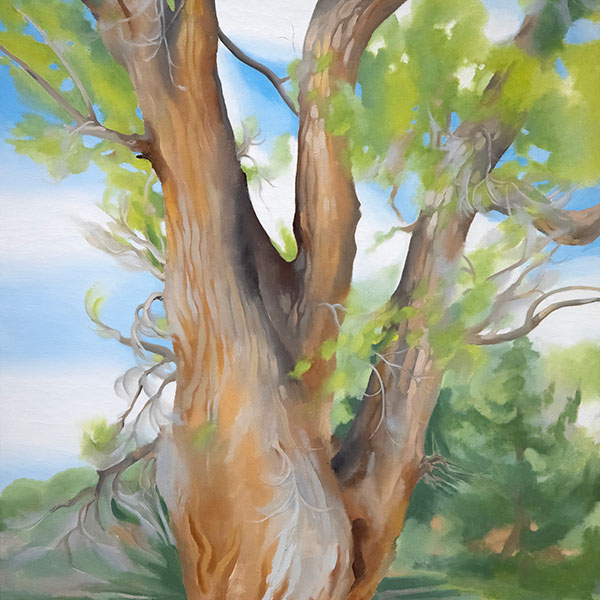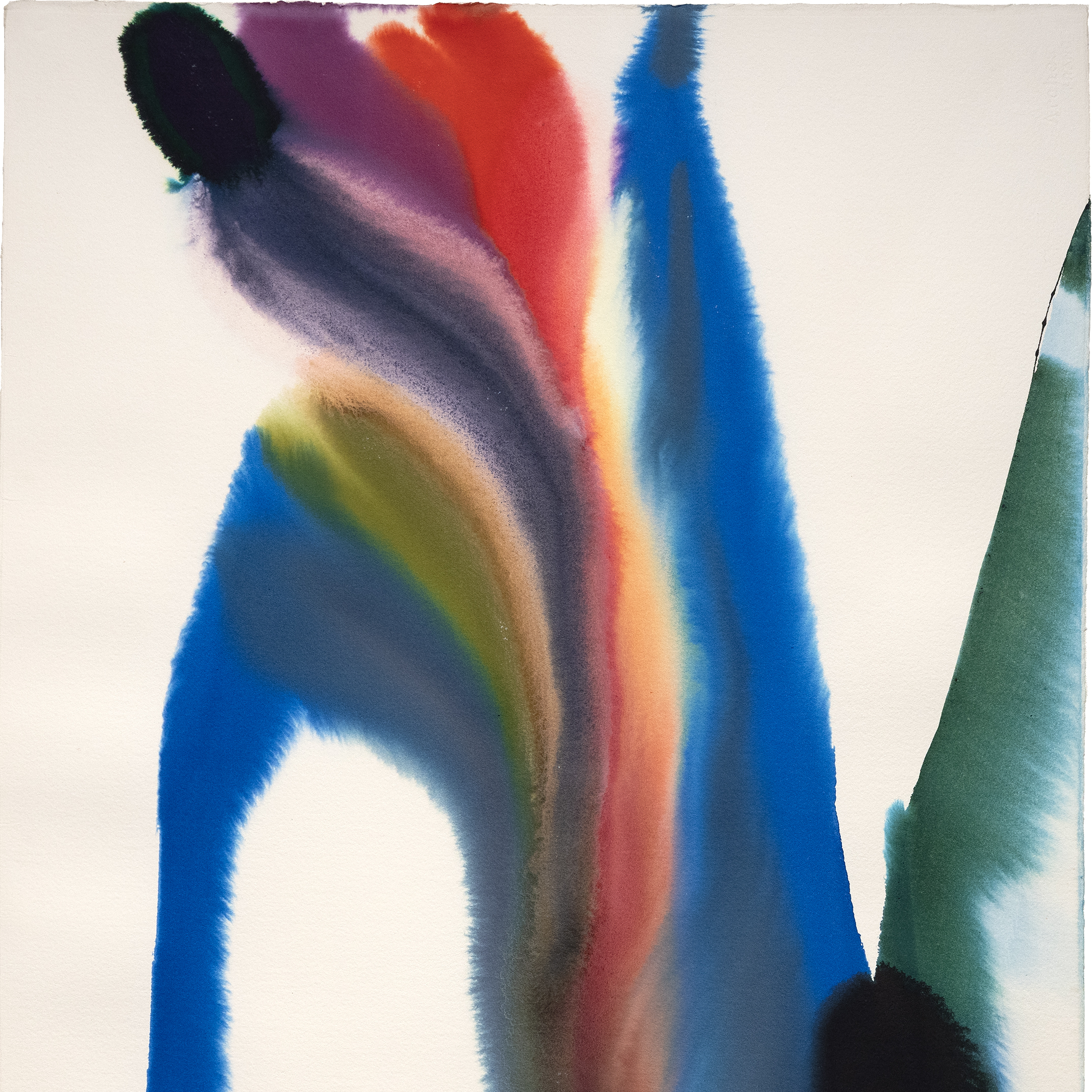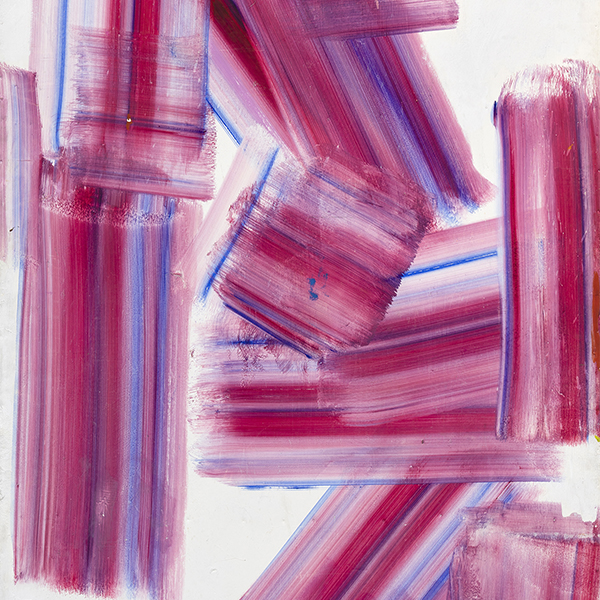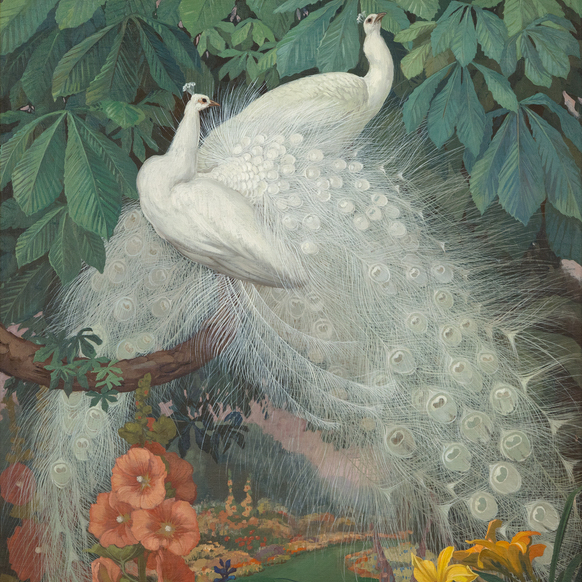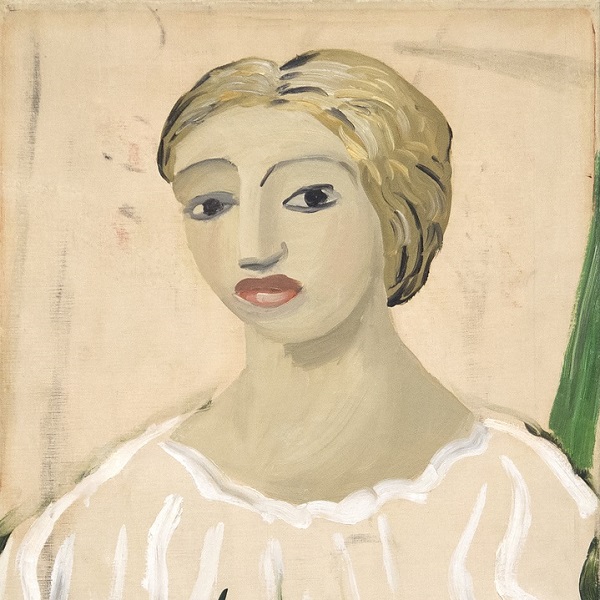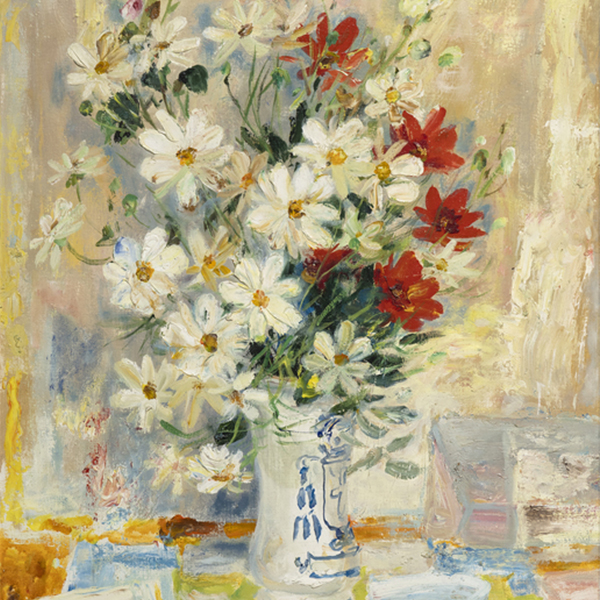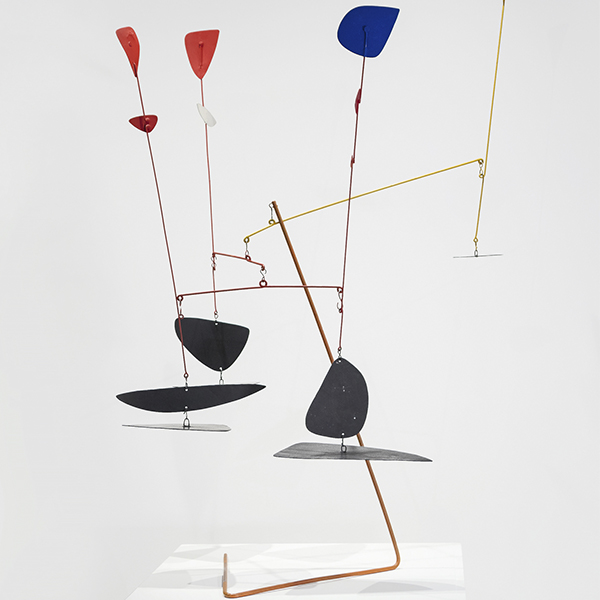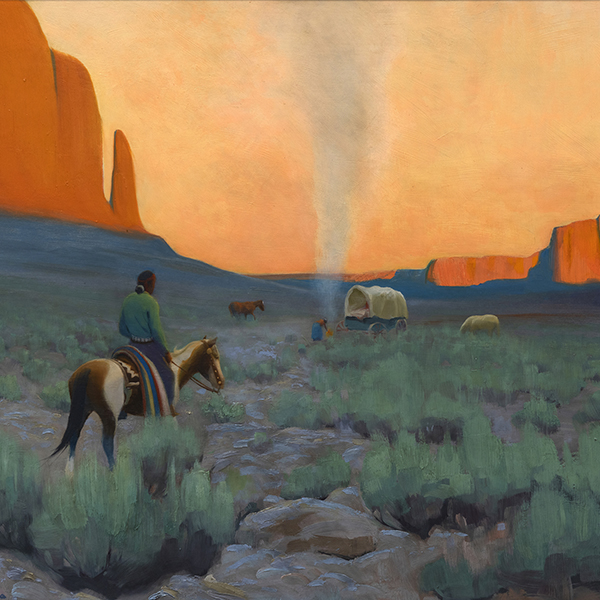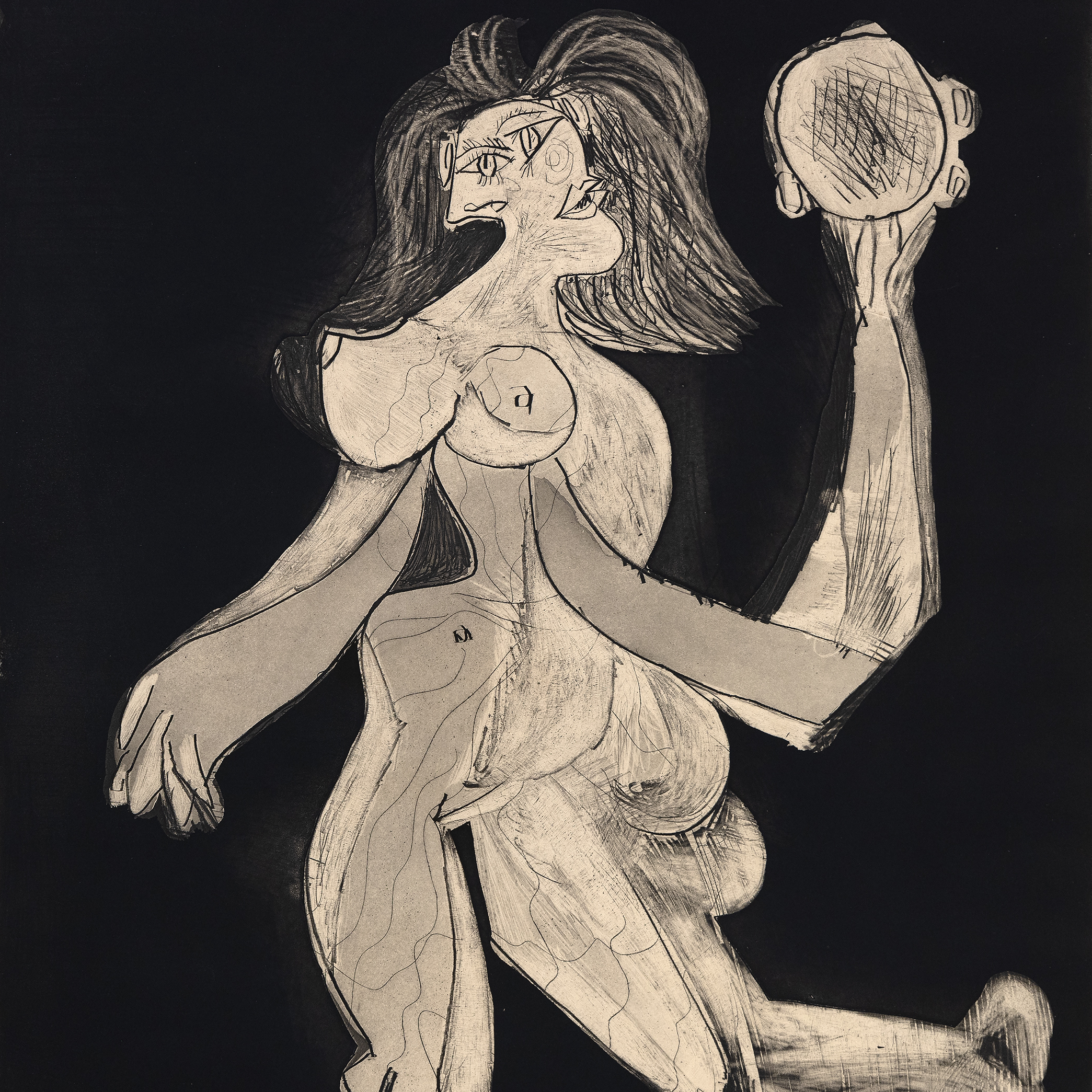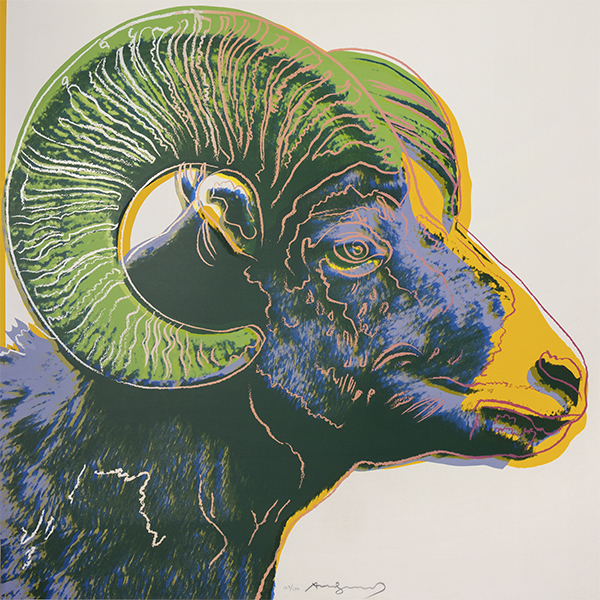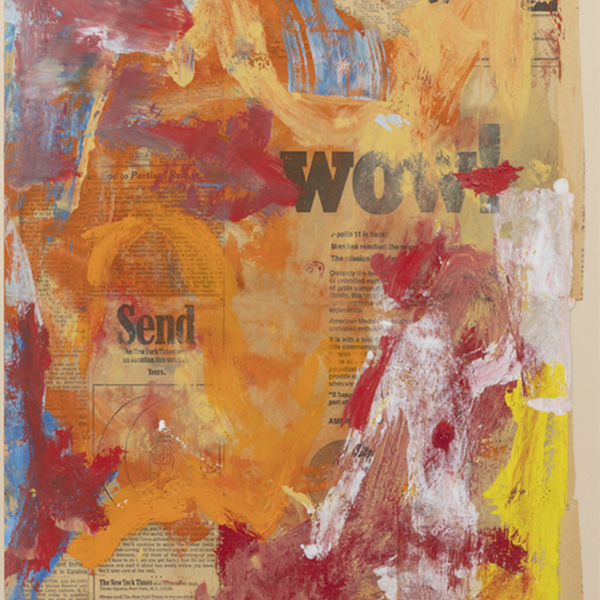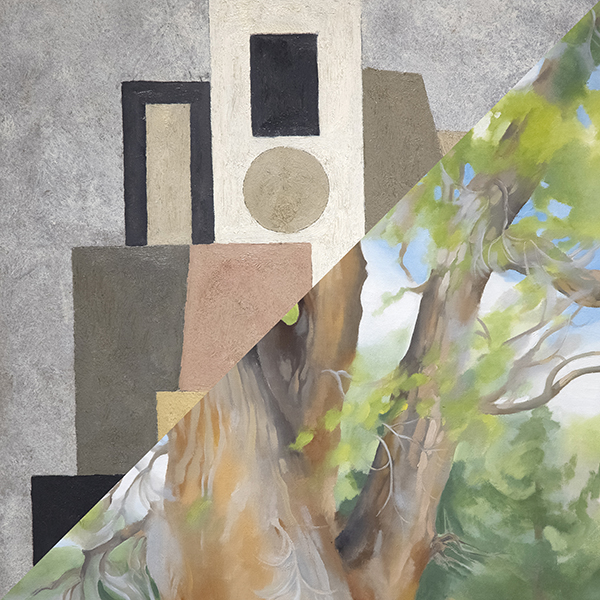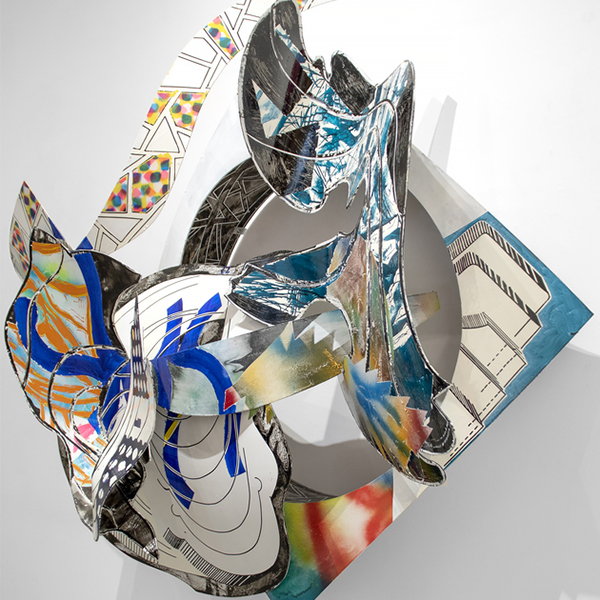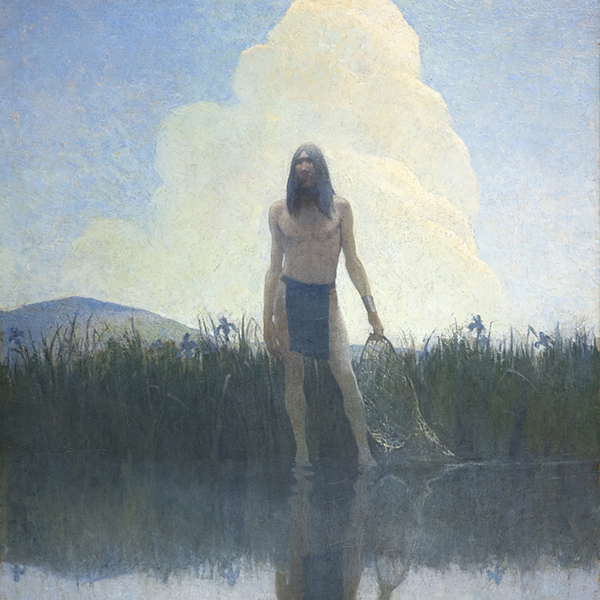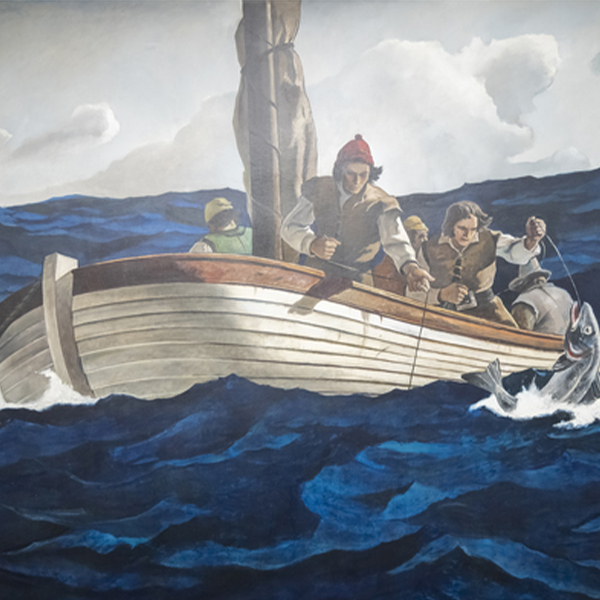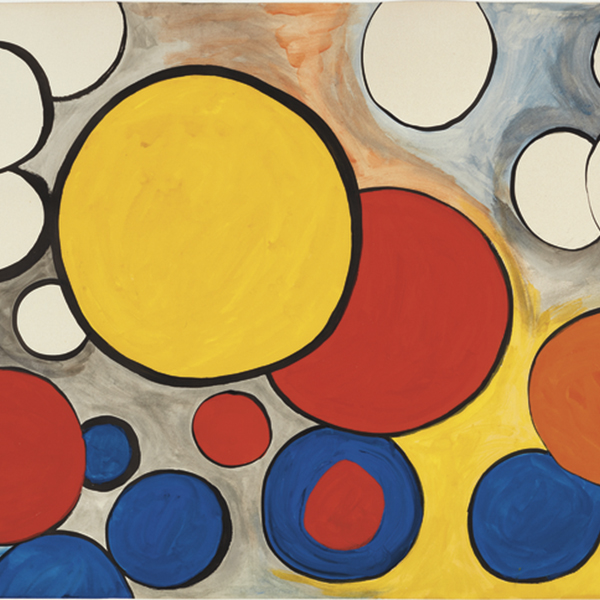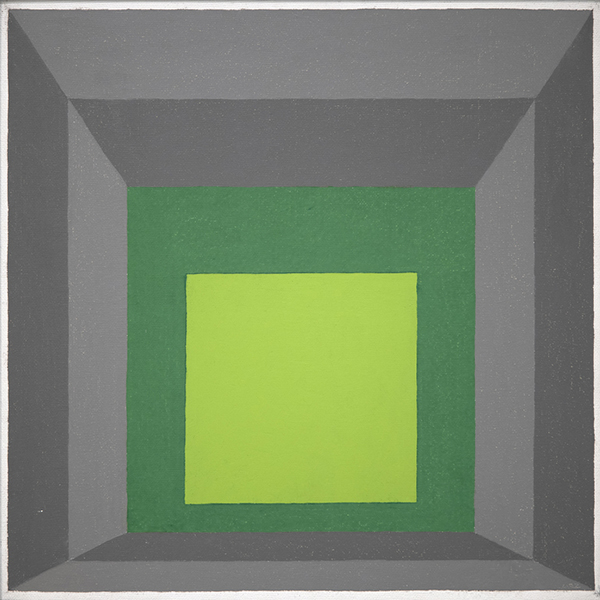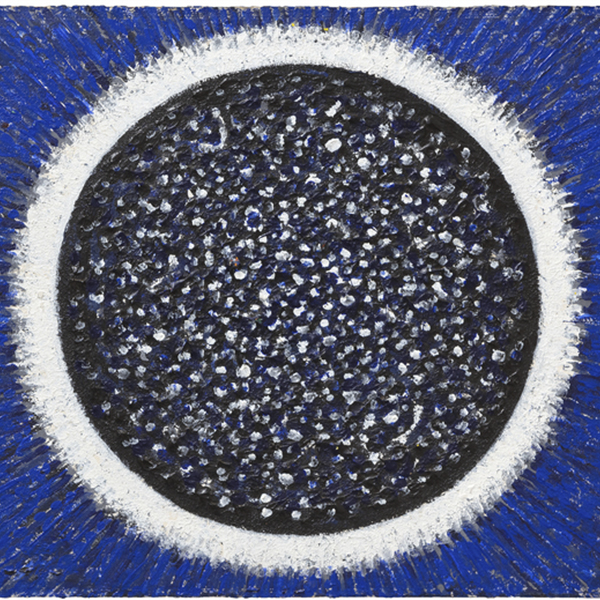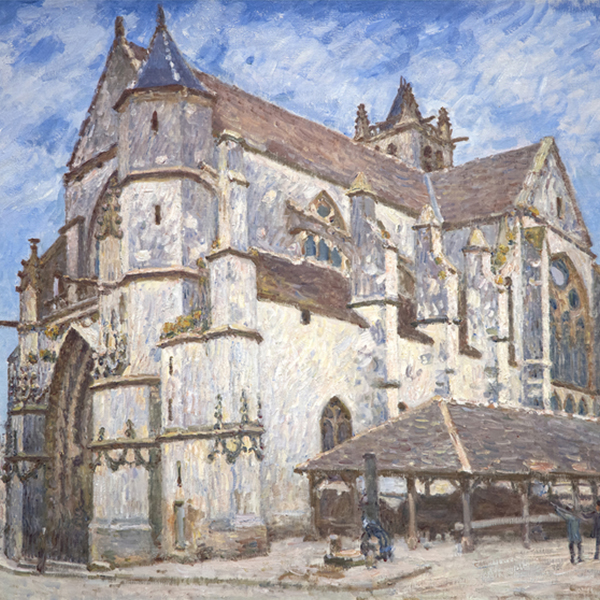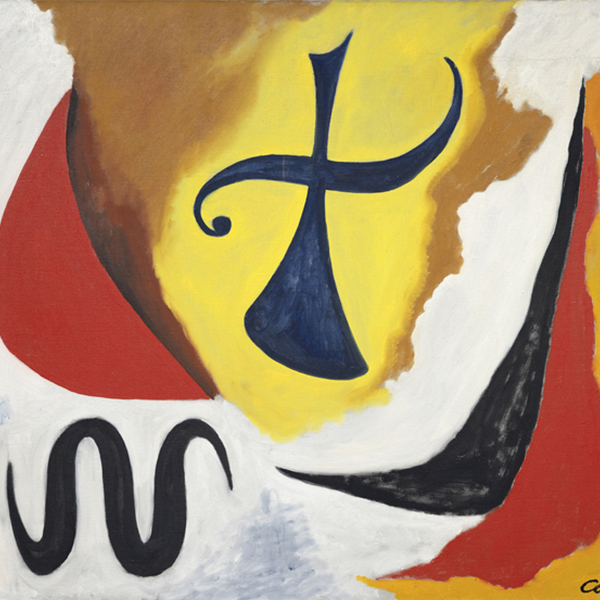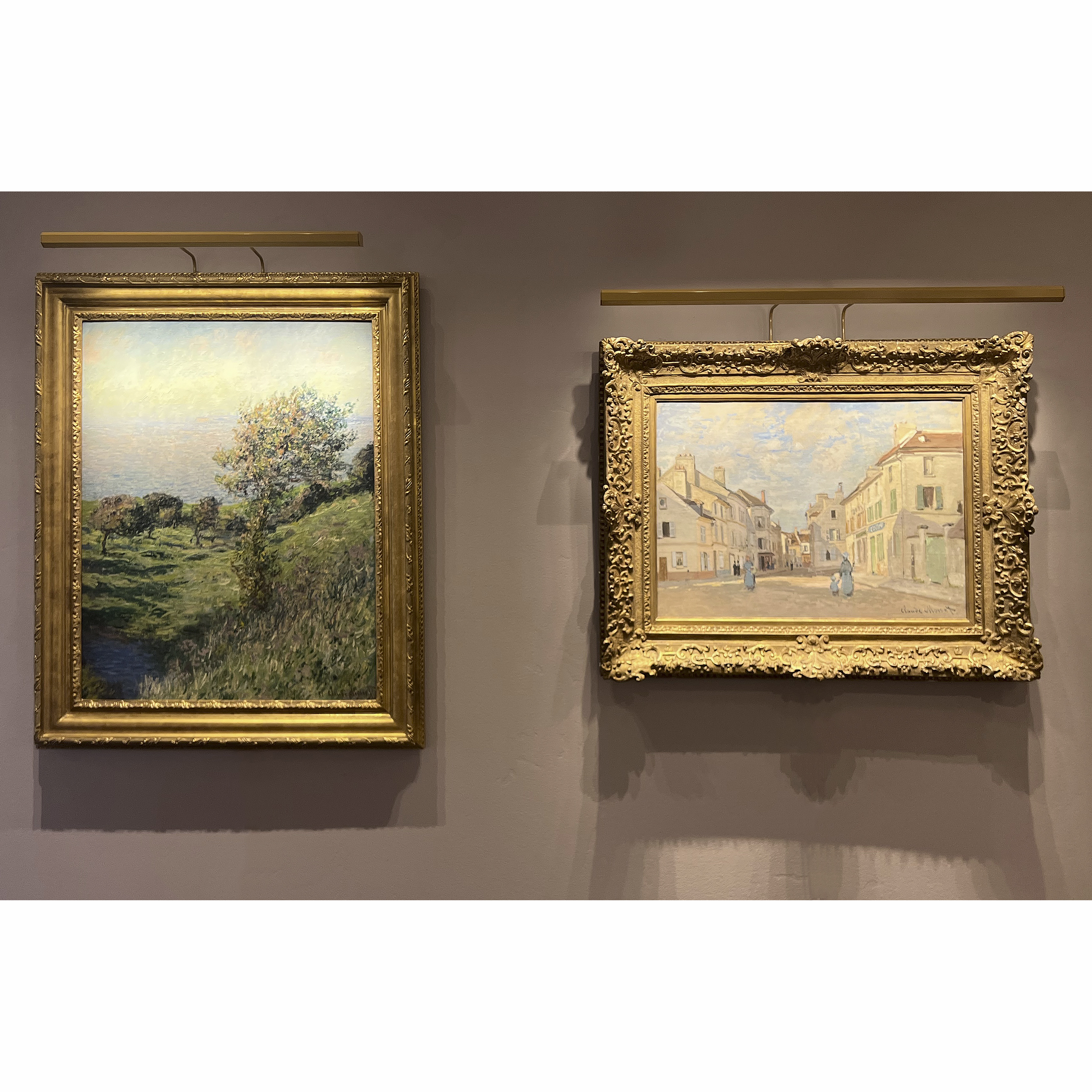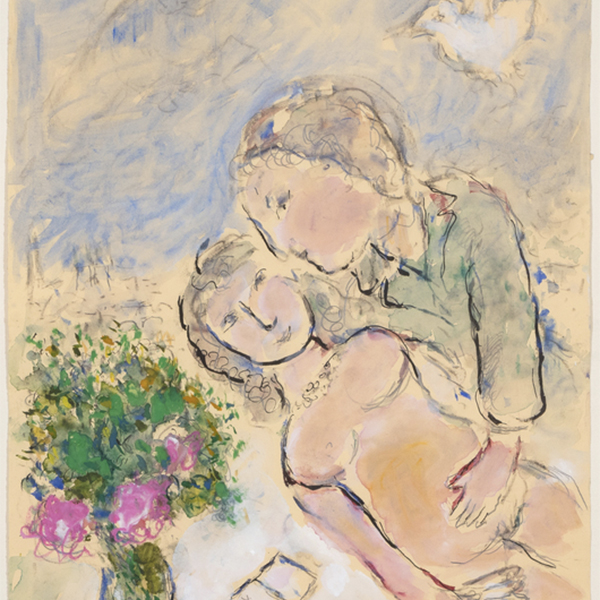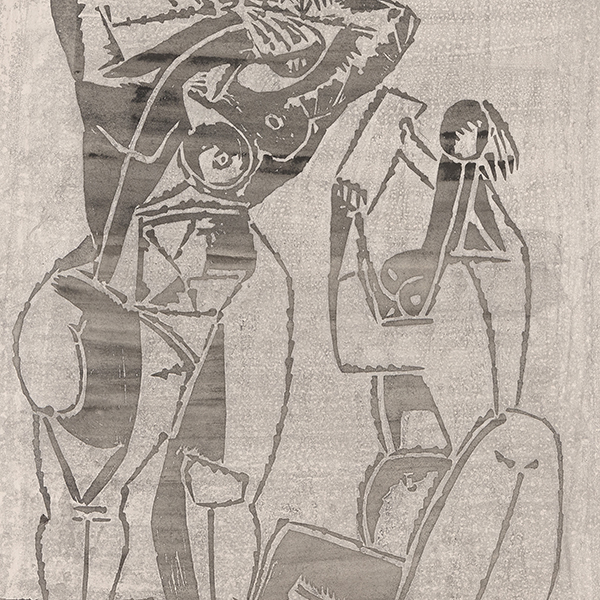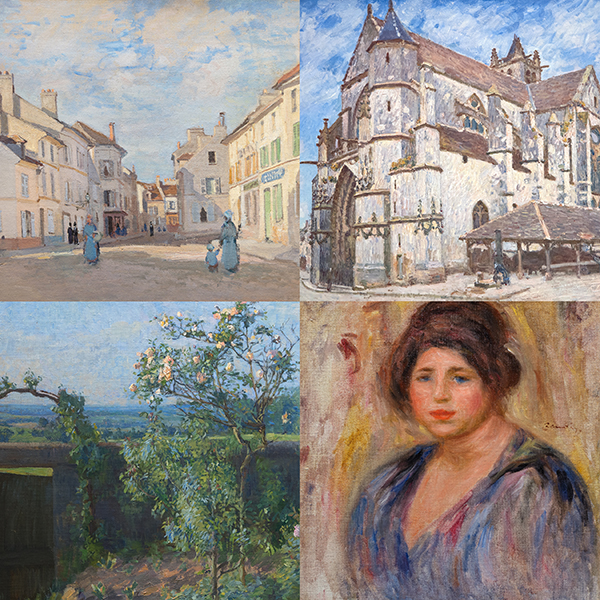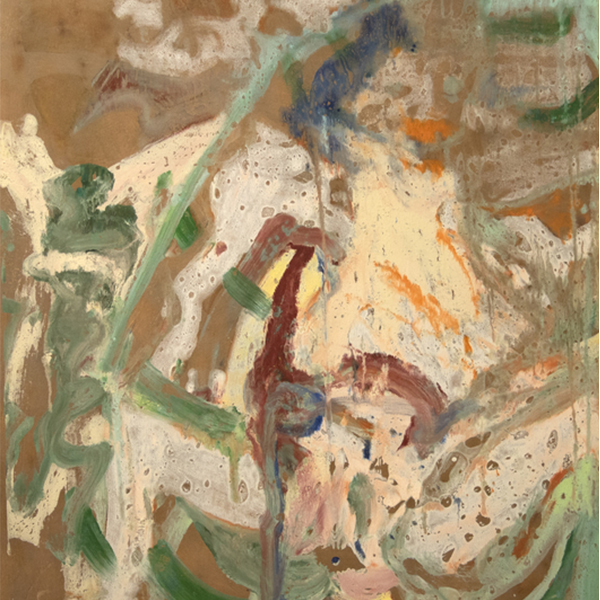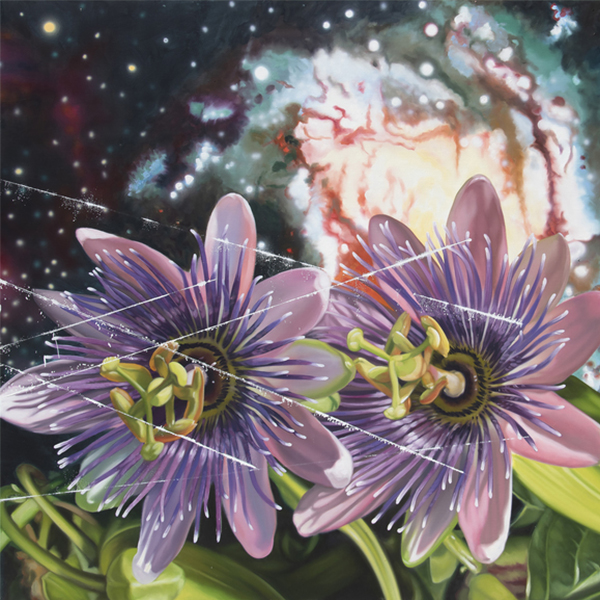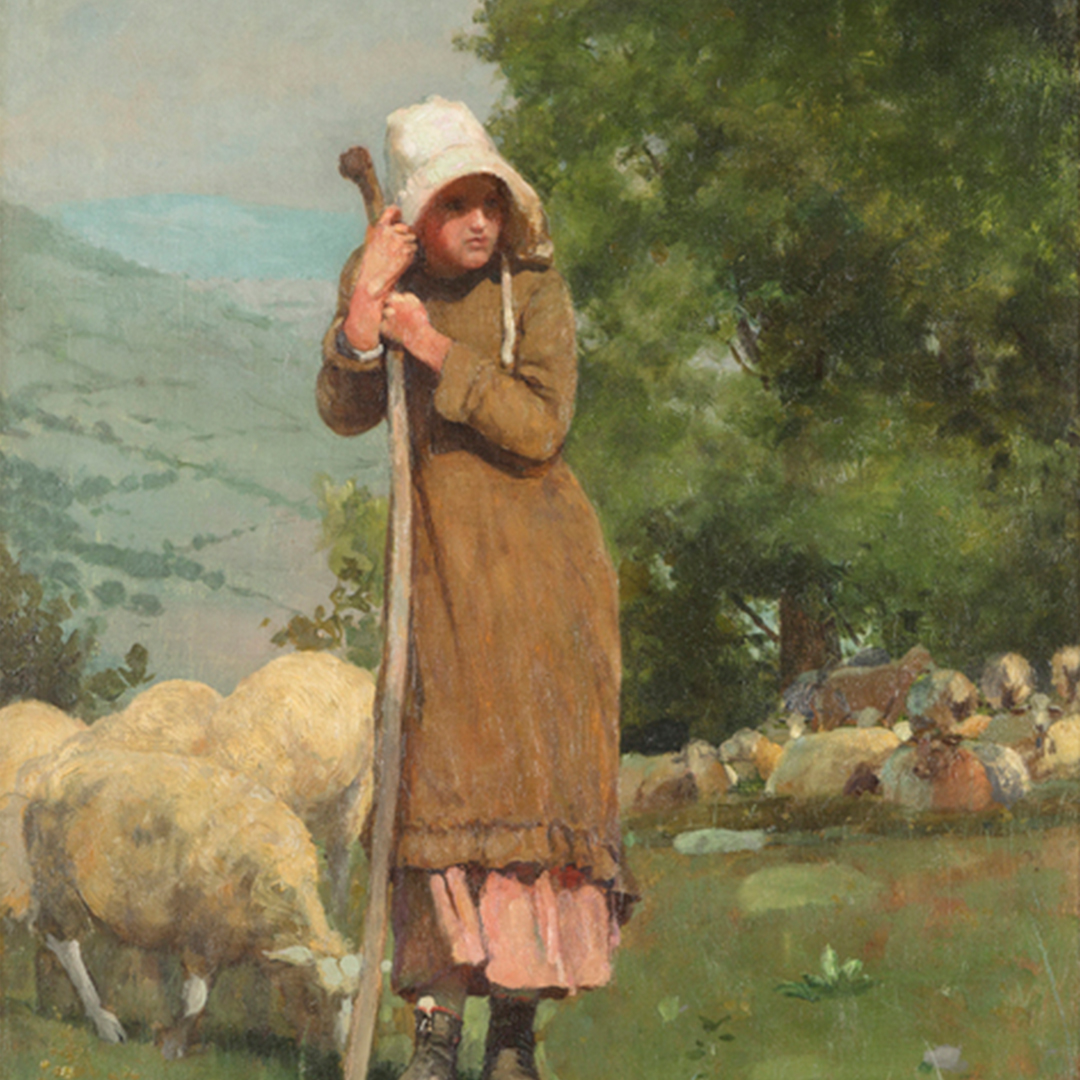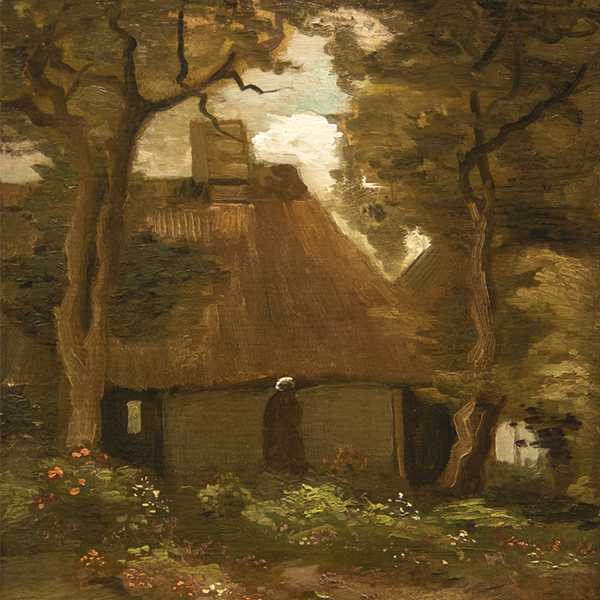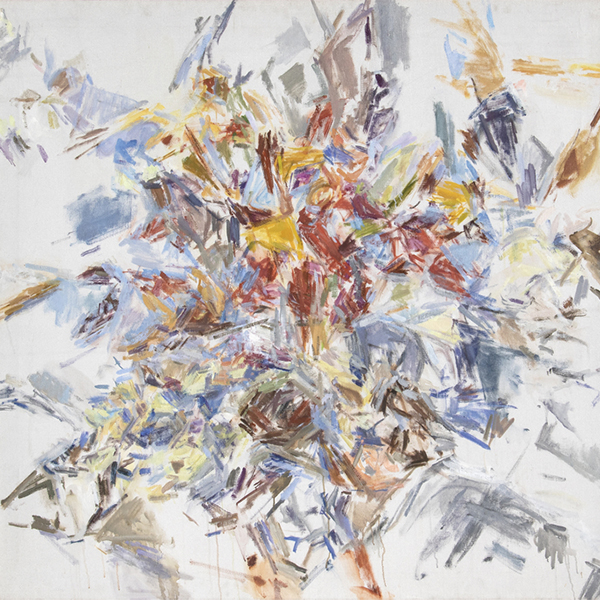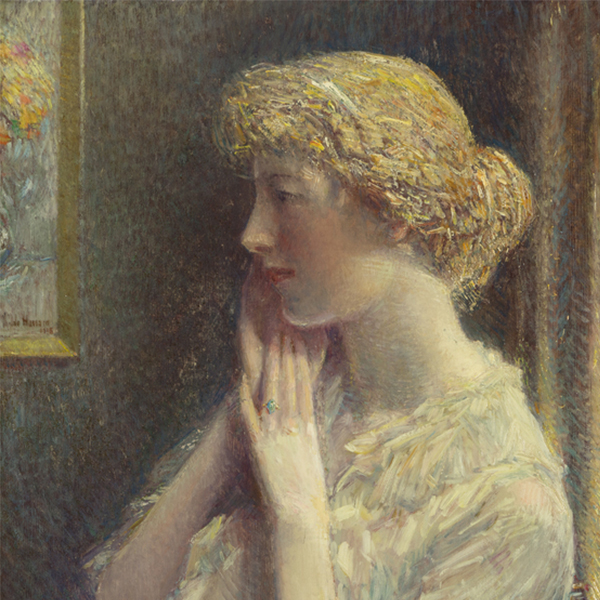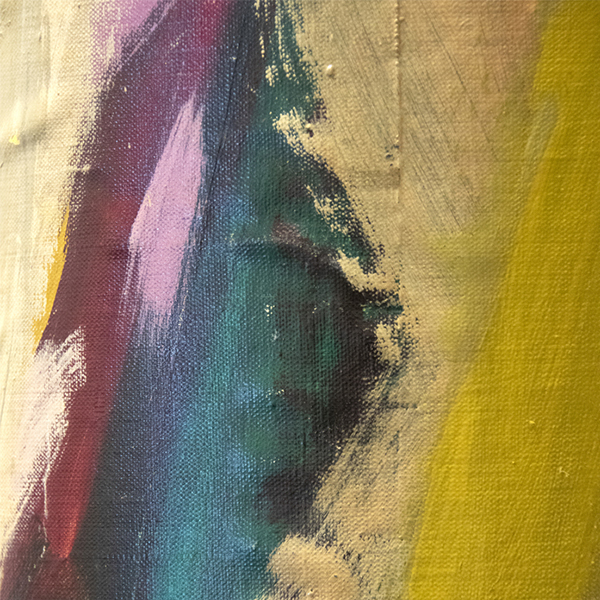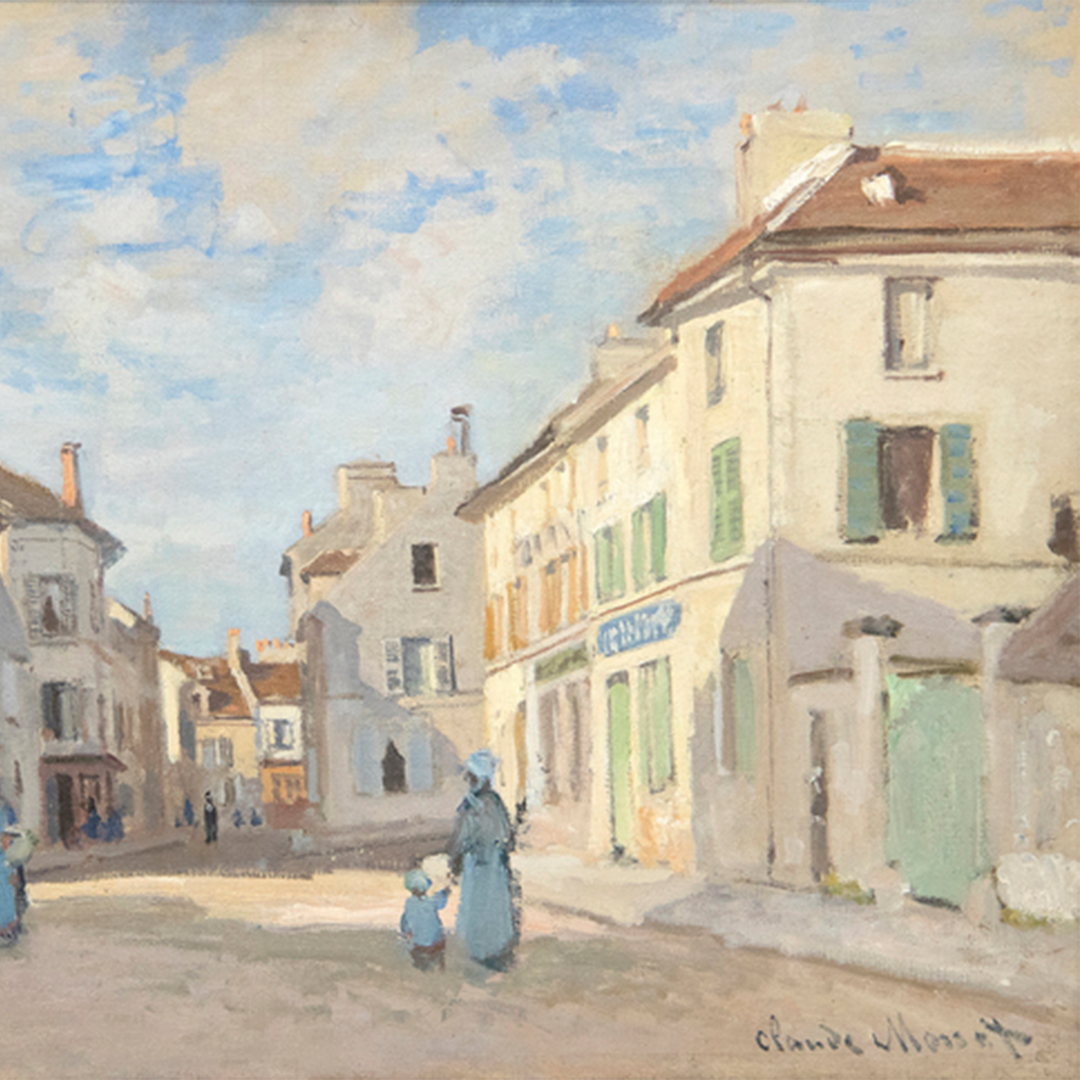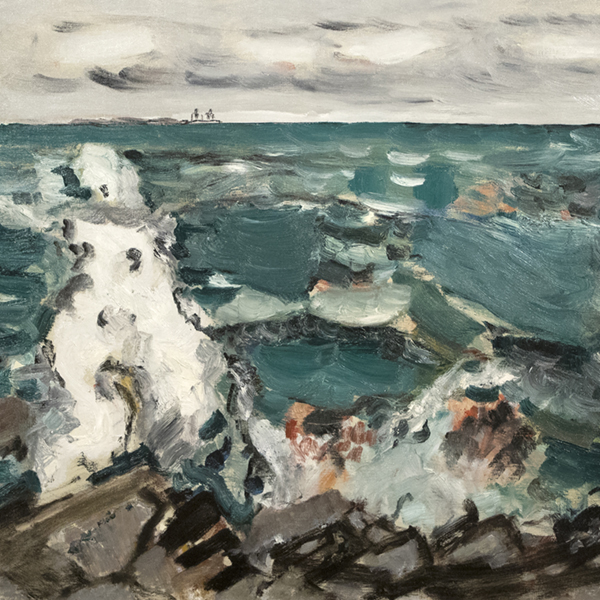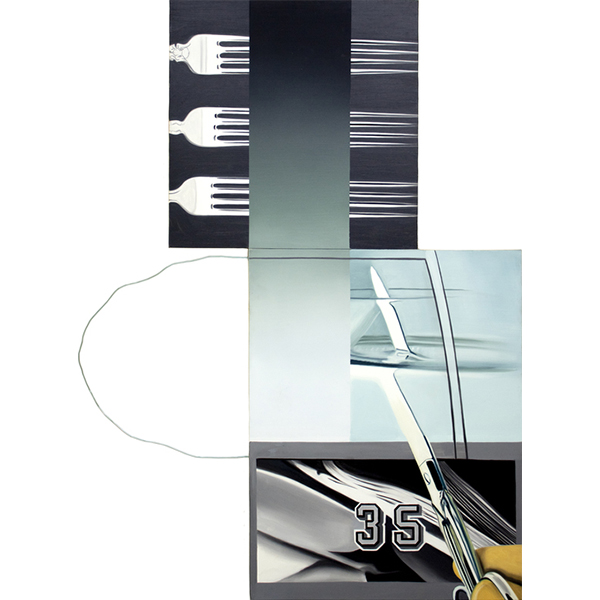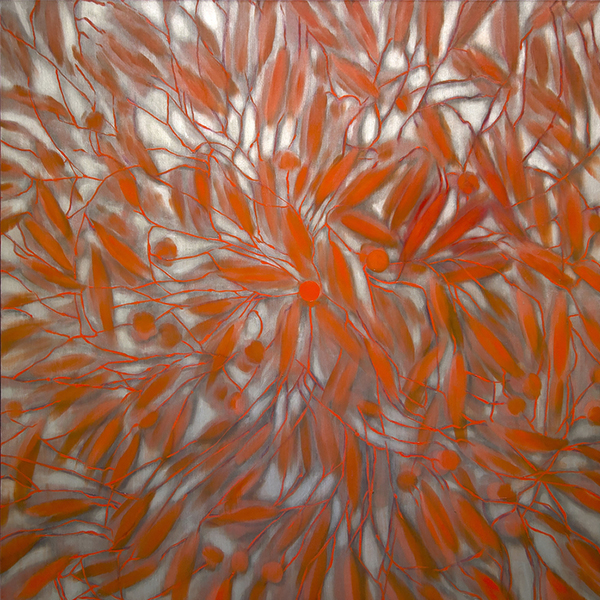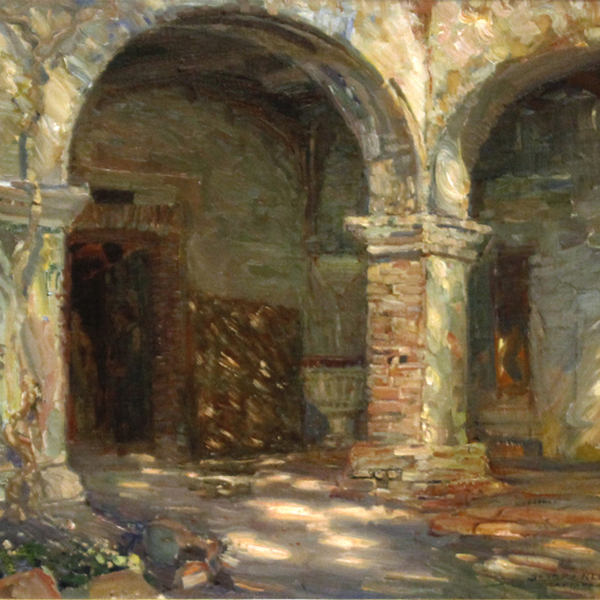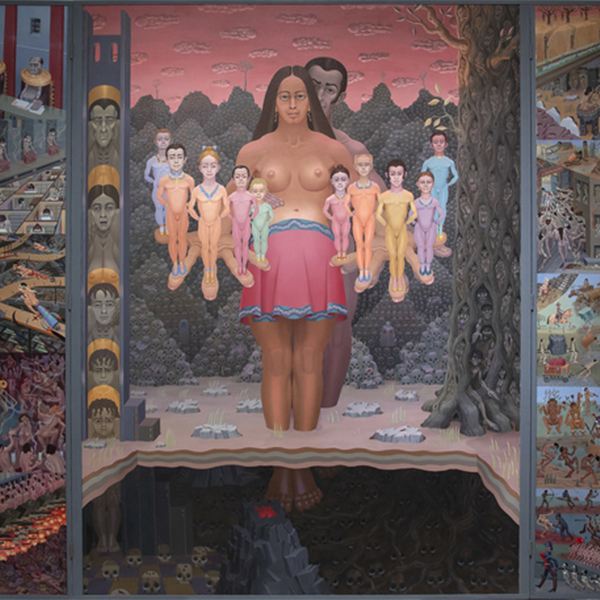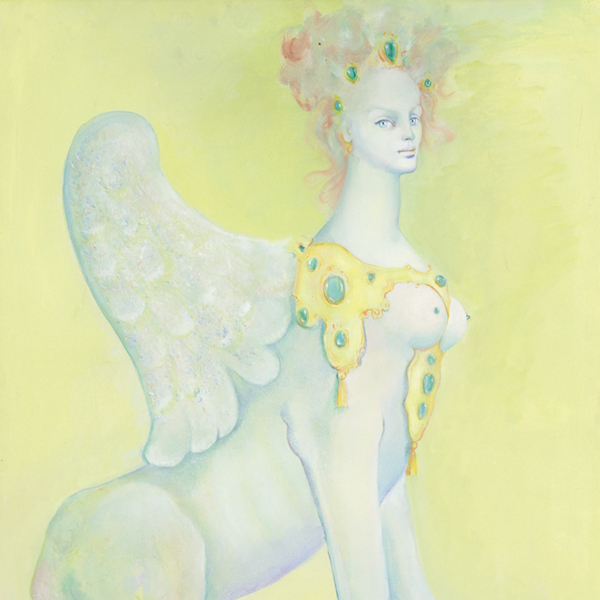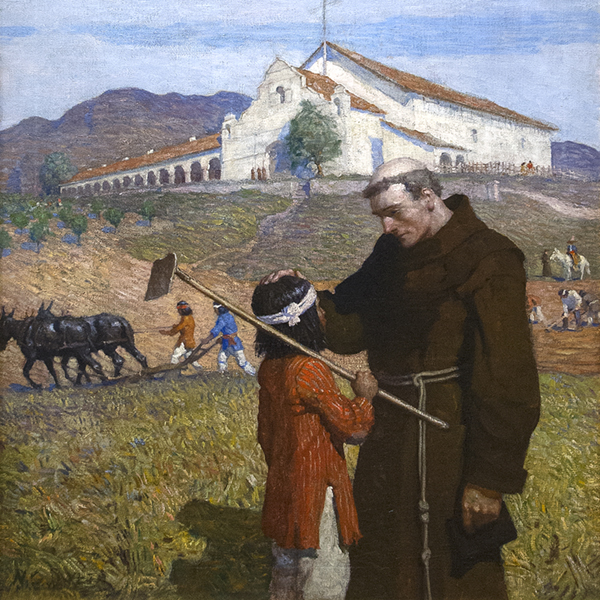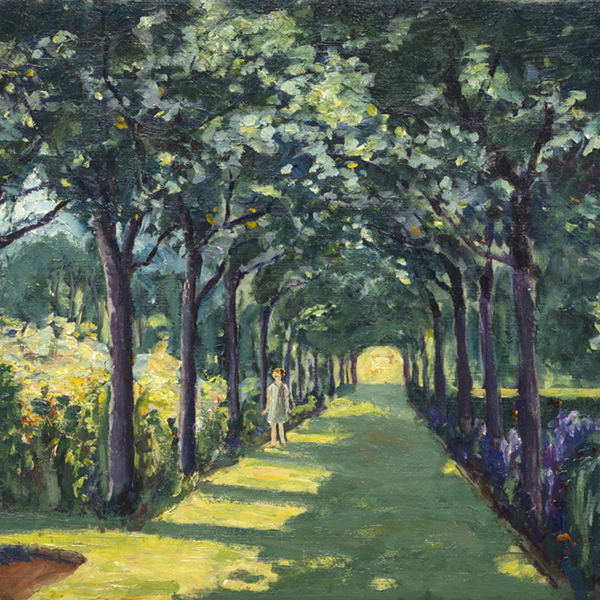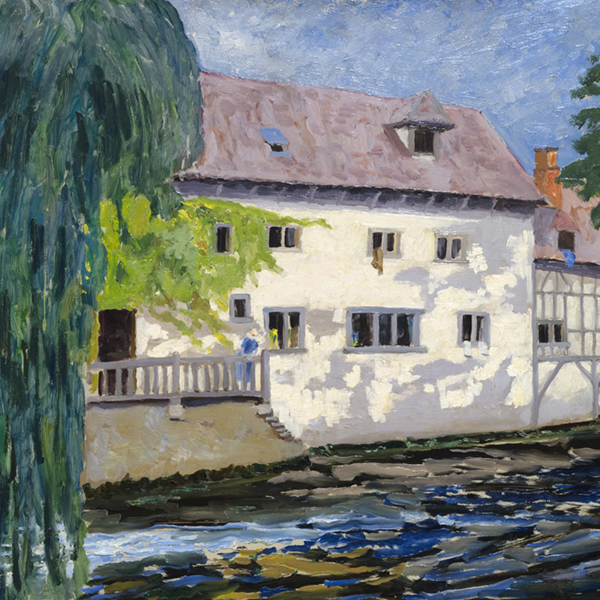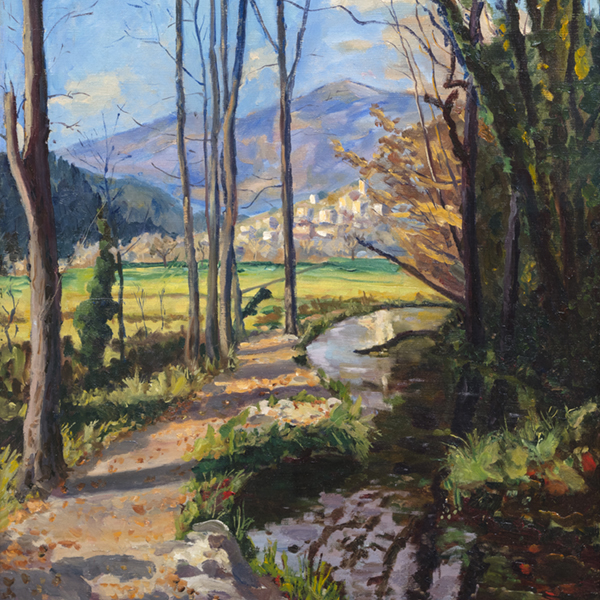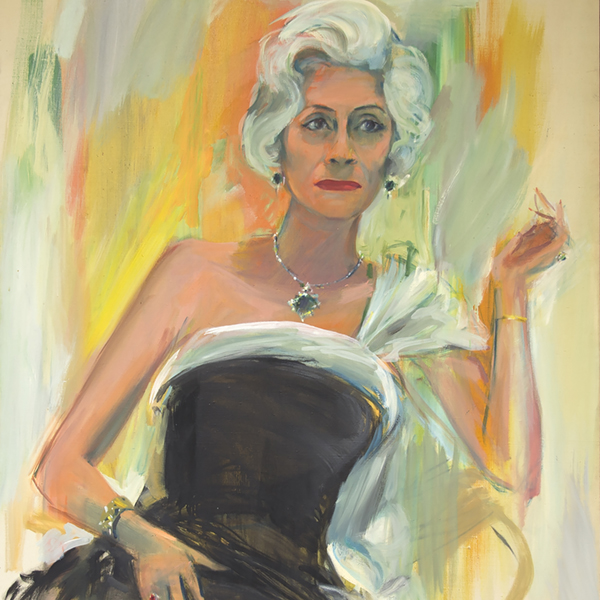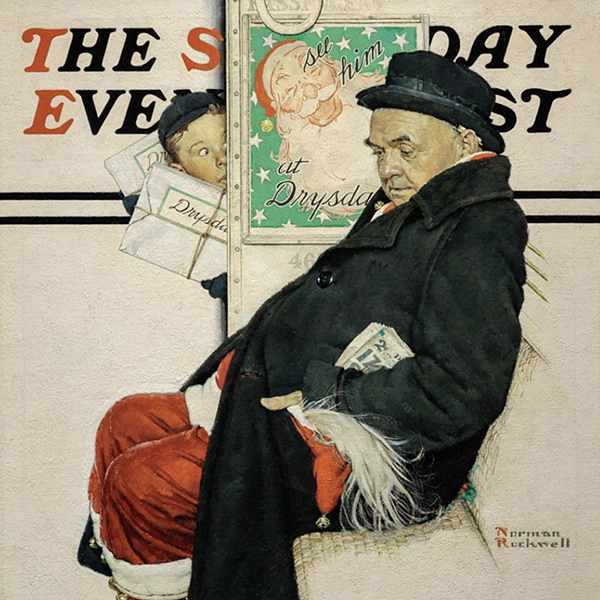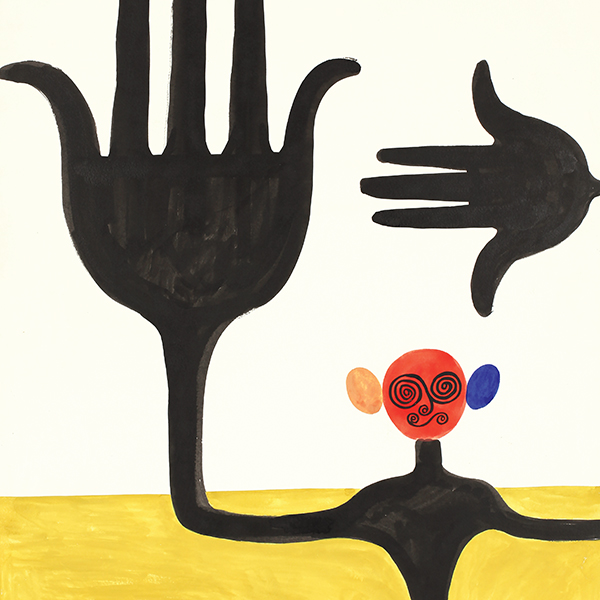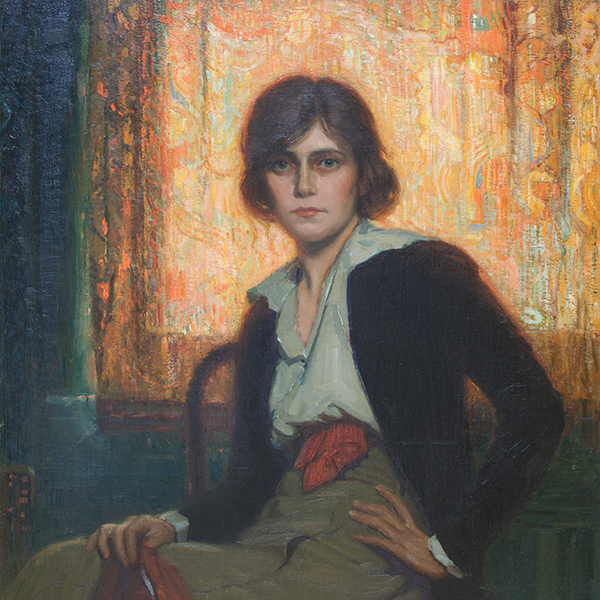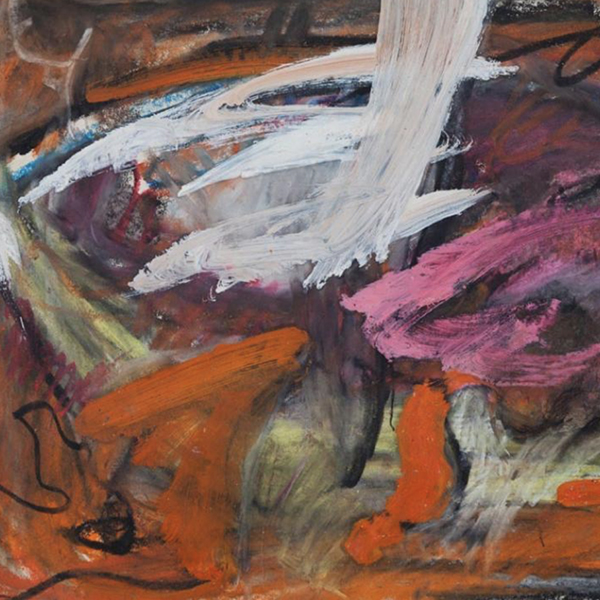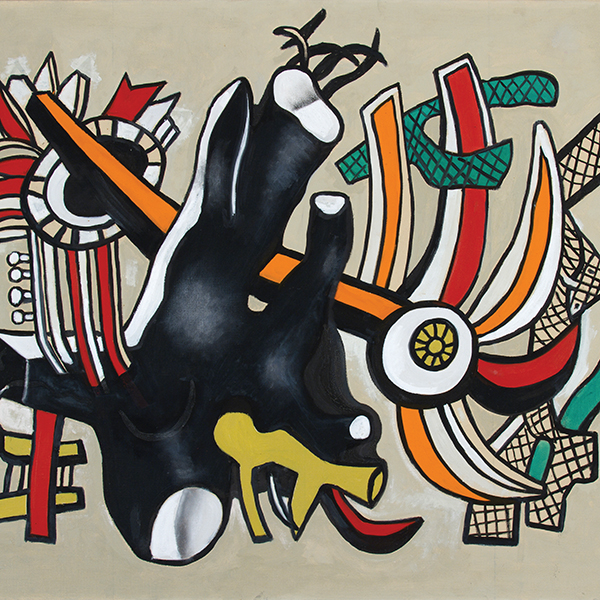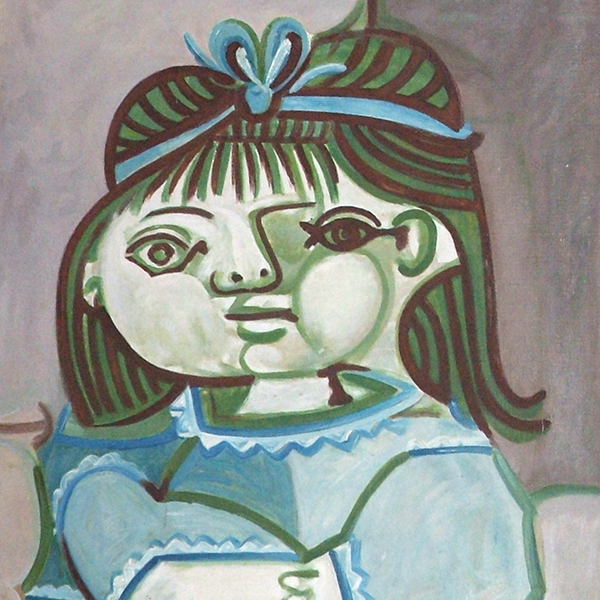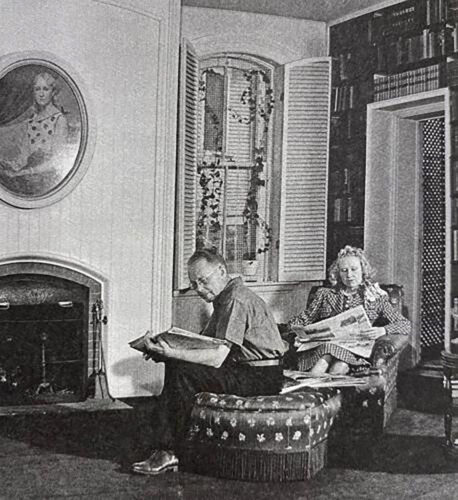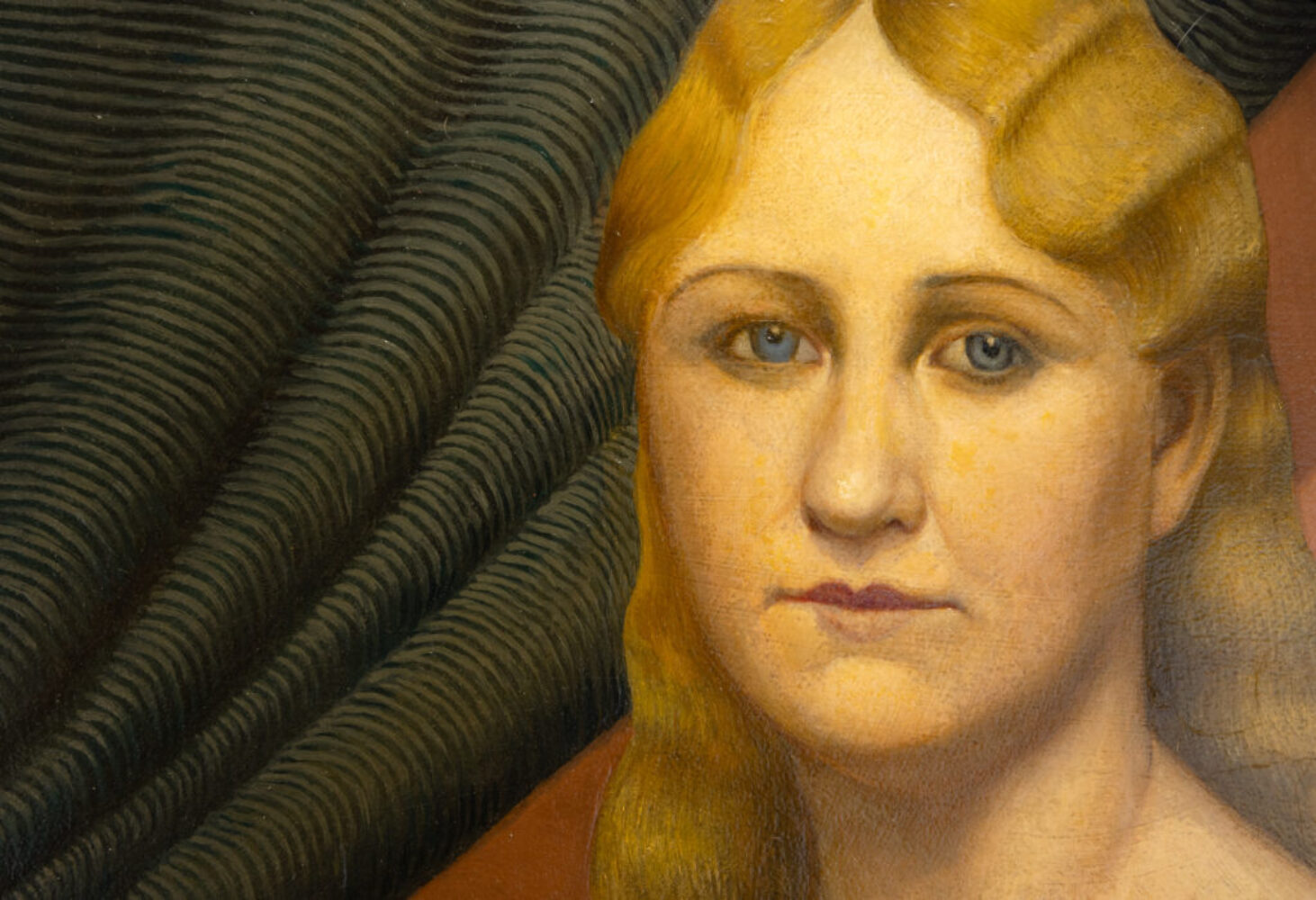אנא צרו קשר עם הגלריה לקבלת מידע נוסף.
תערוכות נוכחיות
2024
2023
2022
2021
2020
2019
2018
2016
2015
2014
2011
2010
2009
פרטים עיקריים
- ציור זה מתאר את אחותו של ווד, נאן ווד גרהאם, המופיעה גם בציורו המפורסם ביותר של האמן, גותי אמריקאי (1930).
- זהו אחד הציורים המשמעותיים ביותר ביצירתו של ווד, ולדברי חוקר גרנט ווד, ד"ר הנרי אדמס, זוהי "אחת העבודות הגדולות האחרונות של גרנט ווד בידיים פרטיות".
- ווד שמר את דיוקנו של נאן באוסף האישי שלו והציב אותו במקום בולט בסלון ביתו באיווה סיטי.
- ציוריו של גרנט ווד – במיוחד הדיוקנאות שלו – נדירים ביותר. רק שני דיוקנאות מוגמרים בשמן הופיעו אי פעם במכירה פומבית ואף דיוקן דומה באמת מעולם לא נמכר בפומבי.
- נוף בנפט רק שנה לאחר מכן, Spring Plowing (1932), נמכר ב-6,960,000 דולר ב-2005. גודלו רק מחצית מגודלו של דיוקן נאן.
- לדיוקן זה היסטוריית תערוכות נרחבת, כולל תערוכה בשנת 2018 במוזיאון ויטני לאמנות אמריקאית בשנת 2018: Grant Wood: American Gothic and Other Fables.
נדיר
- לאחר שצייר גותי אמריקאי בשנת 1930, צייר ווד רק קומץ עבודות מדי שנה, ויצר קצת יותר מ-30 ציורים בוגרים במהלך חייו עקב מותו המוקדם בשנת 1942 בגיל 50 בלבד.
- ציוריו של גרנט ווד – במיוחד הדיוקנאות שלו – נדירים ביותר. רק שני דיוקנאות מוגמרים בשמן הופיעו אי פעם במכירה פומבית ואף דיוקן דומה באמת מעולם לא נמכר בפומבי.
- לדברי חוקר גרנט ווד, ד"ר הנרי אדמס, זוהי "אחת העבודות הגדולות האחרונות של גרנט ווד בידיים פרטיות".
- על יצירתו של גרנט ווד אמר ד"ר אדמס כי "עבודתו נדירה כמעט כמו זו של ורמיר".
היסטוריה
גרנט ווד נחשב על ידי חוקרים, אוצרים ואספנים רבים לאבי האזוריות האמריקאית. הסגנון כולל סצנות כפריות ונושאים וחוזר לאמנות פיגורטיבית כאשר המודרניזם האירופי והאוונגרד הפריזאי תפסו אחיזה. היושבת ביצירה הנוכחית היא אחותו של ווד, נאן, ששימשה מודל לווד, והופיעה במספר עבודות, כולל ציורו המפורסם ביותר של ווד, גותי אמריקאי, באוסף המכון לאמנות של שיקגו.
מעטות הן יצירותיו של גרנט ווד בעלות מורכבות וחשיבות כאלה שהופיעו אי פעם מחוץ לאוספי המוזיאונים, שלא לדבר על הוצעו למכירה. דיוקן זה הוא אחד הציורים המשמעותיים ביותר ביצירתו של ווד. חוקר גרנט ווד המוערך, ד"ר הנרי אדמס, הצהיר כי דיוקנה של נאן הוא "אחת העבודות הגדולות האחרונות של גרנט ווד בידיים פרטיות".
דיוקן נאן היה באוסף של האמן עד מותו והוא גם הציור היחיד ששמר - והציור היחיד בביתו, לאחר שהרחיק לכת עד כדי בחירת הרהיטים והשטיח כדי להשלים את הציור כפי שהיה תלוי בסלון ביתו באיווה סיטי.
ד"ר הנרי אדמס מתאר את הציור הזה כ"תליון לציורו המפורסם ביותר, גותי אמריקאי משנת 1930". אדמס מוסיף ומשער כי דיוקנה של נאן נועד לתקן את תדמיתה הציבורית של נאן לאחר שציור גותי אמריקאי שנה קודם לכן, שהתפרסם ובכך רמז על מערכת יחסים (שקרית) מחוץ לנישואין בין שני הנבדקים (נאן ורופא השיניים המשפחתי שלהם).
דיוקן נאן הוא דיוקנו האחרון של האמן מתקופתו המוקדמת, סוף התקופה שבה יצר את " אישה עם צמחים " ו "גותי אמריקאי". אחרי 1930, האמן יצר רק כמה ציורים בשנה, מה שהופך ציורי שמן מוגמרים של כל נושא נדיר באמת.
עיצובו של דיוקן זה הוא מיזוג בין דיוקנאות עכשוויים (באותה תקופה) לבין דיוקנאות אמריקאים מהמאה ה-19: "מסך המסגור הכבד של הדיוקן, הרקע הבוטה, הפורמט הסגלגל [של דיוקנאות שהיו מועדפים בתקופה הקולוניאלית ובעידן ויקטוריה] והכיסא מהתקופה הפדרלית מזכירים רבים מהאלמנטים הצורניים שנמצאו בציור העממי האמריקאי של המאה התשע-עשרה"
ציוריו של גרנט ווד מתקופה זו הושפעו ממסעו האחרון לאירופה ומאמנות הרנסאנס הצפונית שראה שם בשנת 1930, כאשר עבר מהסגנון האקדמי/אימפרסיוניסטי של נעוריו ופיתח את סגנונו הבוגר שחגג נושאים מהמערב התיכון. הציור הנוכחי הוצג בהרחבה, כולל תערוכה בשנת 2018 במוזיאון ויטני לאמנות אמריקאית, ניו יורק: Grant Wood: American Gothic and Other Fables.
התוצאות המובילות במכירות פומביות
ציורים באוספי המוזיאון
אימות
נאן ווד גרהאם כתבה את "סיפור דיוקני " ביולי 1944. במכתב זה היא נותנת הצצה לסיבה המהורהרת של ווד לצייר את דיוקנה, כיצד נבחרו הגוזל והשזיף כאמצעים חזותיים, ובהומור היא מספרת על הלילות הארוכים של ישיבה עם הגוזל ביד.
גלריית תמונות
לברר
אתה עשוי גם לאהוב





